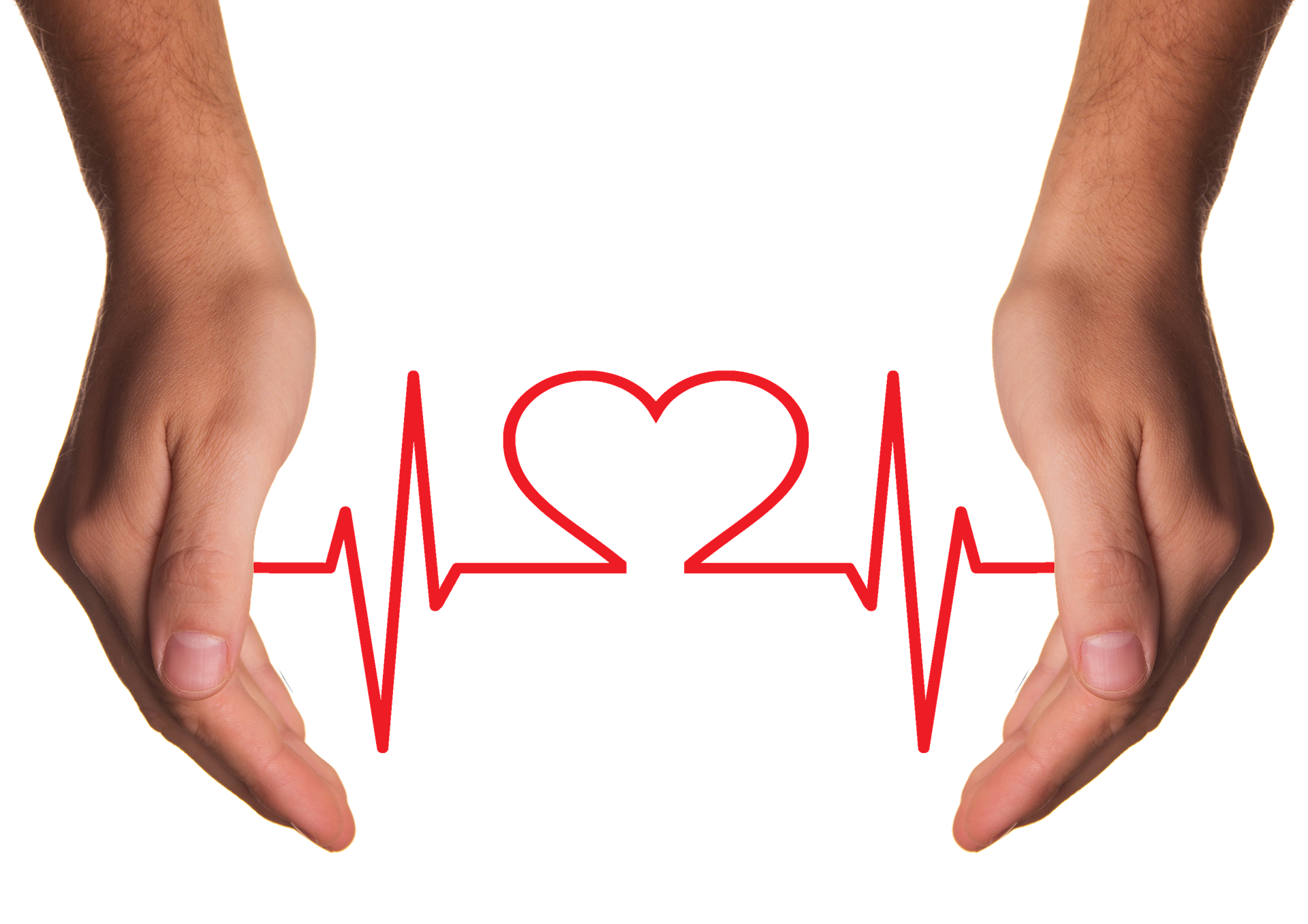February is Heart Month. The American Heart Month and the Center for Disease Control (CDC) and Million Hearts launched the Million Hearts Initiative in 2012. The initiative aims to prevent 1 million heart attacks and strokes by 2017 and offer the following recommendations:
– Understand the risks
– Get up and Get Active – at least 30 minutes for several days per week
– Know your ABCS: Aspirin therapy, Blood pressure control, Cholesterol measurements, Stop Smoking
– Eat a healthy diet
You can find more information in this campaign fact sheet.
In addition to following these recommendations, it is also important to recognize the symptoms and know what to do if it happens to you.
How to recognize a heart attack
Heart attack symptoms in women and men differ, with women being more likely to experience shortness of breath while men typically experience chest pains. Here are some of the symptoms:
Women:
– Shortness of breath with without chest pressure, fullness, squeezing or pain in the chest that is intermittent or lasts for a few minutes.
– Pain or discomfort in arms, jaw, neck, back, or stomach, nausea/vomiting
– Breaking out in a cold sweat
Men :
The typical heart attack symptoms in men are chest pain, chest discomfort or pressure. Other less common symptoms include discomfort in arms, jaw, neck, back, or stomach, nausea/vomiting, lightheadedness, and shortness of breath.
What to do if you have a heart attack
If you or someone you are with experiences the symptoms of a heart attack, call 911 right away. Do not drive yourself or someone else to the hospital unless you have no other options. Emergency medical services are equipped to treat the victim on the way to the hospital.
What to do if you have a heart attack when driving
If you experience symptoms, pool over in a safe area, call 911 immediately. Don’t drive yourself to the hospital unless that is the only way to get help.
-Chew an aspirin
-Try to calm down, breath deep and slow
-Cool your body’s temperature
While these actions help, they will not stop a heart attack. Your safest bet is to get to a hospital as soon as possible.
It’s also important to know that you have some control over your heart health. Small lifestyle changes, like choosing active transportation, can have huge health benefits. Being active doesn’t need to be time set aside for exercising. You can easily add active time to your day by choosing to walk or bike rather than drive for short trips, or taking the stairs instead of the elevator. Walking to the bus stop or from a distant parking spot to the station counts too—and it all adds up to better heart health!
Sources:
http://www.healthcommunities.com/heart-attack/prepare-save-your-life_jhmwp.shtml
http://millionhearts.hhs.gov/

